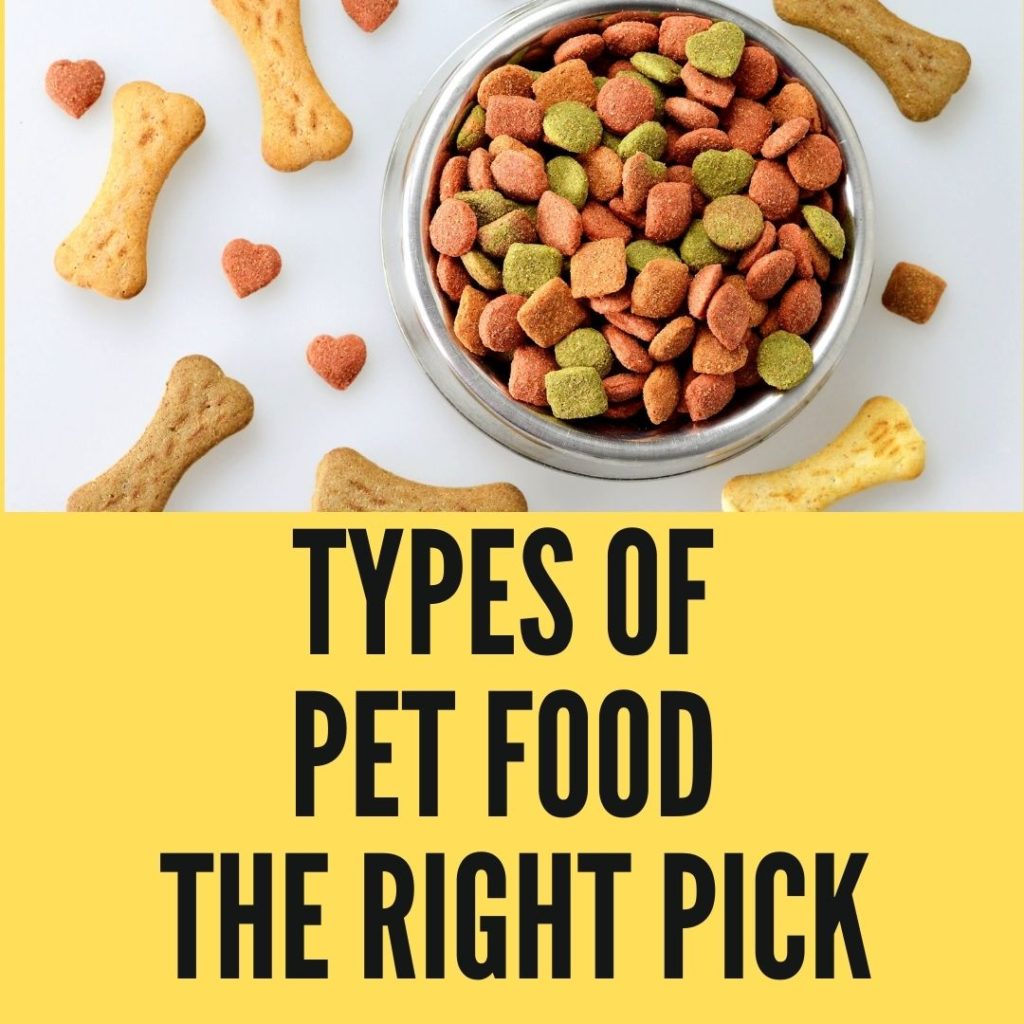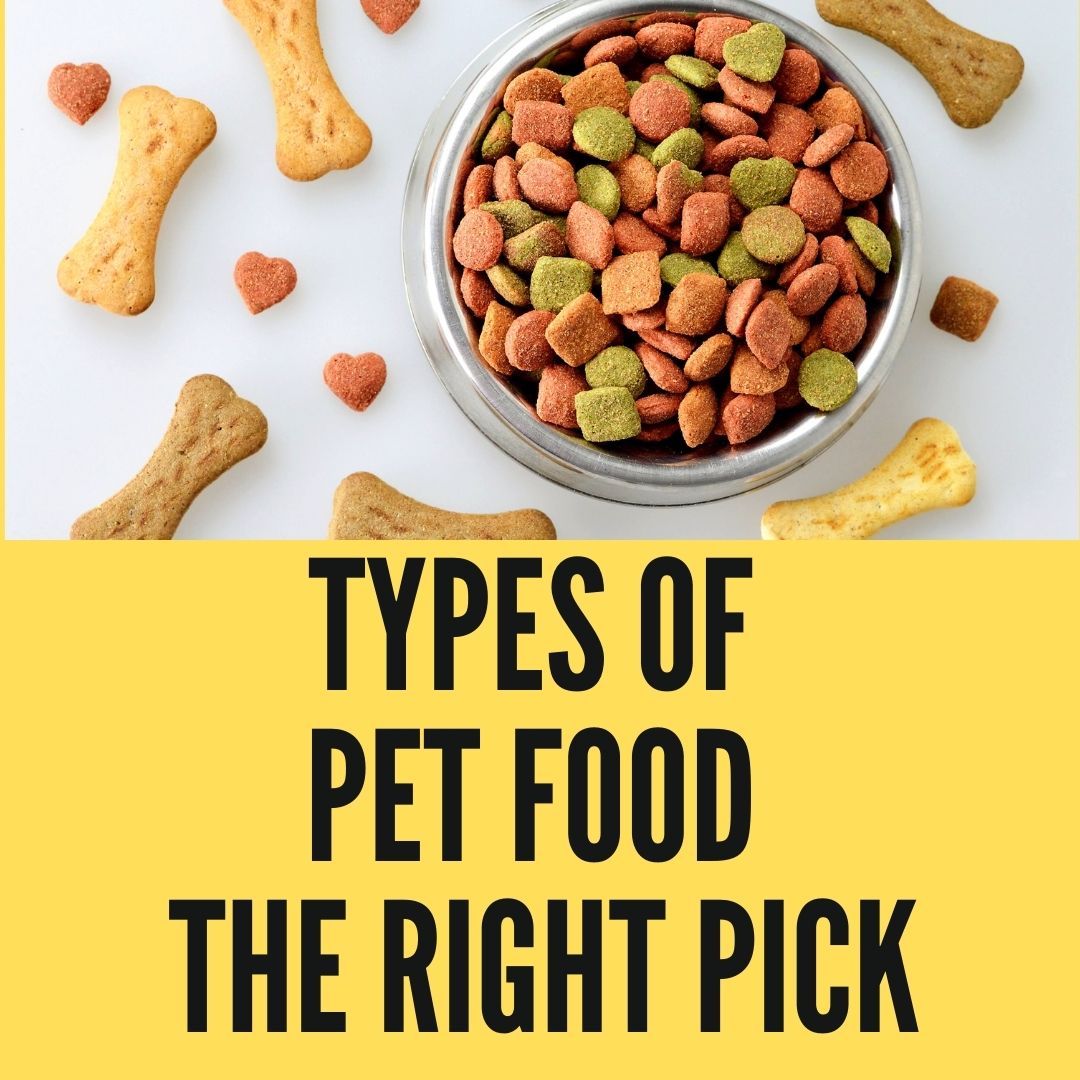Choosing the right food for your pet can be overwhelming. There are more brands than ever, and labels can be challenging to understand.
Pet food labels need to be read carefully to deter healthy from unhealthy by going through its list of ingredients, nutritional value, manufacturers, the possibility of allergies, etc.
Pet parents can look for an Association of American Feed Control Officials (AAFCO) statement on the label that indicates that the pet food is nutritionally complete and adequate, marked by their ‘guaranteed back.’ Good pet food will also have nutritional information available on the packaging or by personal request.
Besides the pet food, it’s also the owner’s responsibility to ensure optimal care of their pets, including routine vaccination and internal and external deworming.
Pet parents need to invest in monthly flea medicine for dogs and cats to keep them free from parasites and prevent infestation.
Subscribing to a monthly subscription that delivers the best flea treatment for dogs and cats at your doorstep is a convenient and affordable way to maintain your pet’s overall health. Ahead, we’ll talk about popular pet food trends and discuss the proper diet for pets.

1. Pets Vs. Vegan Diet
One of the most recent and common questions that pet owners have in 2021 is whether they should shift their pets to a vegan diet. When choosing pet food, it’s essential to know that most pets are carnivores, including dogs and cats.
This means that a diet without meat and animal protein can lead to severe health issues as it doesn’t meet the nutritional requirements and standards of the pet.
Additionally, unlike herbivores, carnivores are incapable of chewing their food, and their digestive tracts do not allow food fermentation.
Their large stomach can store large quantities of meat at once, and the short intestinal tract passes it quickly through the digestive system. Carnivores can quickly grasp, and gulp down shreds of their prey’s raw flesh.
Moreover, pets require a high-protein diet, especially felines that can’t produce specific proteins, like Taurine, by themselves, which can later lead to fatal disease or condition.
A plant-rich diet is high in carbohydrates, which isn’t ideal for a cat to process. Thus the proper diet includes a low-carb and moderate-low fat diet, with high protein and mineral content.
Along with this, cats also require a high-moisture diet, preventing dehydration and other health problems.
Wild wolves, much like canines, share the same rich-meat diet as their ancestors. Although, they’re also fond of fruits such as berries, some small portions of grass, starch, etc.
Plant-based diets are low in protein and can be a burden on a dog’s pancreas. Dogs require protein, amino acids, fat, and other essential nutrients in their diet, which they cannot find in a plant-based diet.
2. Pets Vs. Dry Kibble
Commercial pet foods are the most common food type used worldwide today. Although it was introduced about a hundred years ago, the kibble industry has caused generations of pets to suffer from degenerative diseases, leading to cancer, diabetes, and heart diseases in over 50% of cats and dogs.
The high content of calories and carbohydrates is inappropriate for pets, leading to severe skin infection, loss of fur and lustre, an increase in gastrointestinal inflammation, and other degenerative diseases.
Highly processed foods, on top of containing high levels of synthetic vitamins and minerals to add basic nutritional requirements, with low-quality proteins can cause organ failure and decrease the lifespan of pets.
The additional use of enhancers, by-products that are condemned for human consumption, with low nutrient value, is potentially toxic for pets that can cause cancer.
3. The Correct Diet for Your Pets
The majority of pet foods on the market shelves today have low moisture, low-moderate, poor-quality protein and fat, and high in starch or carbs.
A correct diet for pets includes sufficient minerals, essential nutrients, fatty acids, and a balanced diet to help them develop.
With a homemade raw or cooked diet, the owner has the liberty to design a balanced meal with high-quality ingredients.
From using fresh meat and vegetables to sourcing from local produce and farmer’s market, owners can pick a rich-protein source, keeping in mind if their pet is suffering from any existing allergies.
Raw food diet provides a good quantity of enzymes and phytonutrients, while cooked meals have certain nutrients bioavailable such as lycopene.
It also depends on the pet’s preferences, whether it likes to eat its meals in raw or cooked form, whether the owner wants to present a warm plate of cooked meals to its pet, etc.
In specific medical scenarios, where the pet has undergone surgery or is suffering from chronic constipation, cooked meals can also benefit the pet.
Additionally, owners who cannot afford a homemade raw/cooked diet can provide a raw diet that is commercially available.
However, they should ensure that the food has adequate essential nutrients and doesn’t cause any medical issues to the pet in the future. Offering a 50/50 combination of both of these diets can also be nutritionally complete for the pet.

Owners also need to choose a food/diet that is appropriate for their pet’s life stage. Not all animals have the exact nutritional needs – puppies and kittens have different energy needs than adult pets, so they need to be fed accordingly.
Unless the pet’s vet recommends it, owners must avoid foods with ‘exotic’ or ‘novel’ ingredients, which can potentially harm the pets and cause allergies. Pet owners must consult with the veterinarian before selecting or shifting from their pet’s regular diet.
